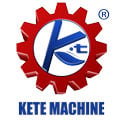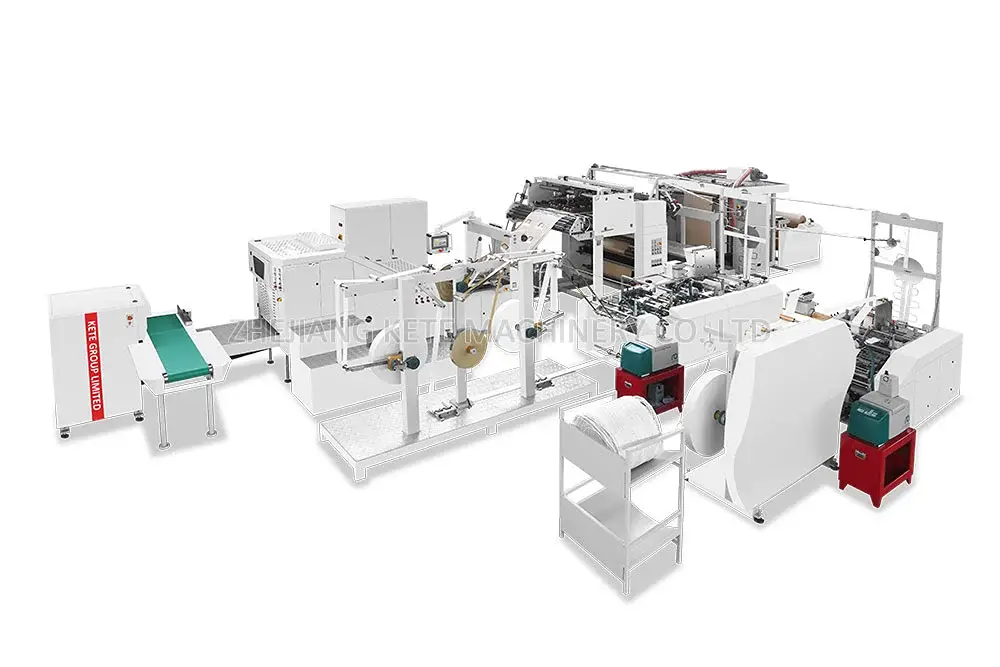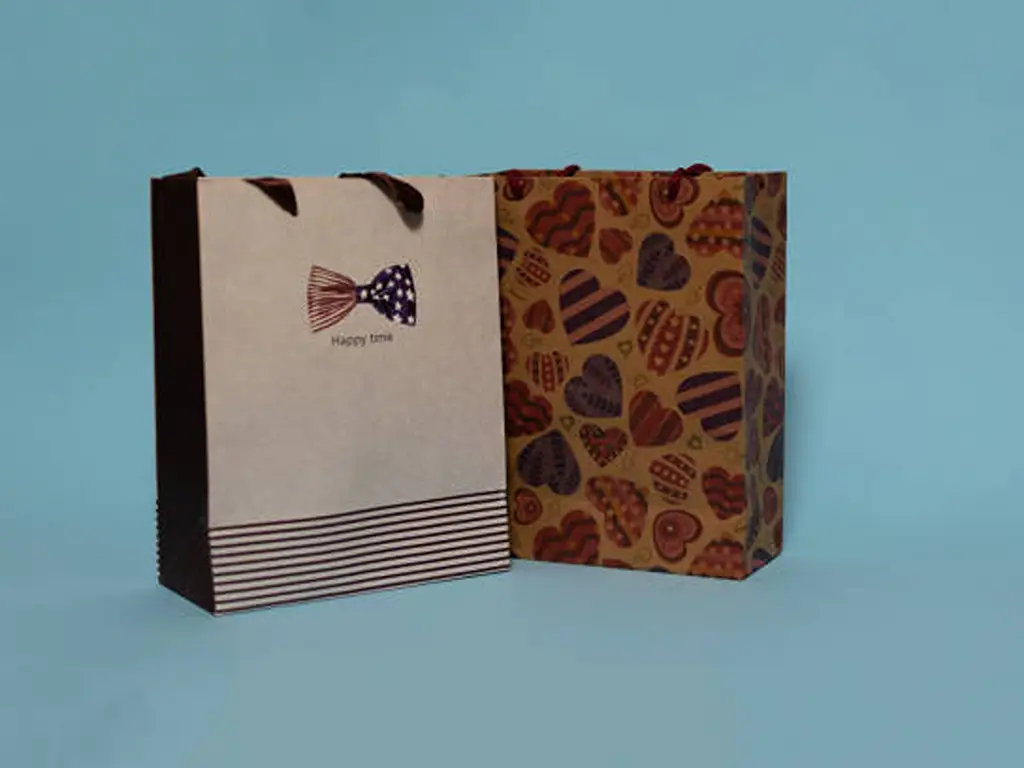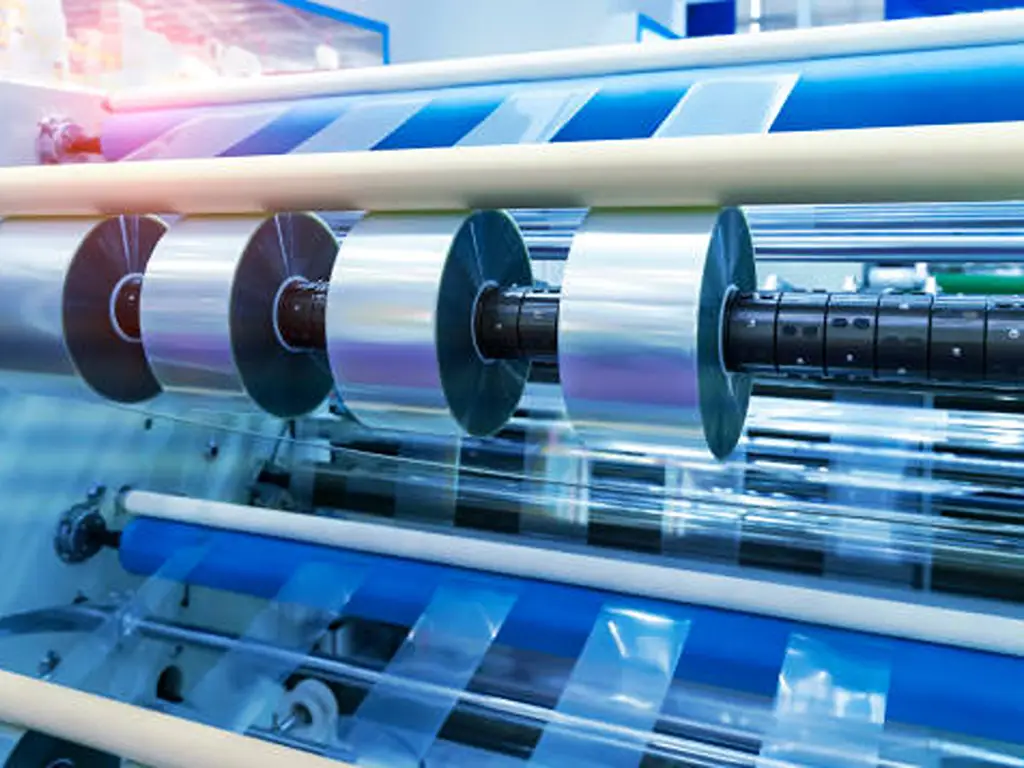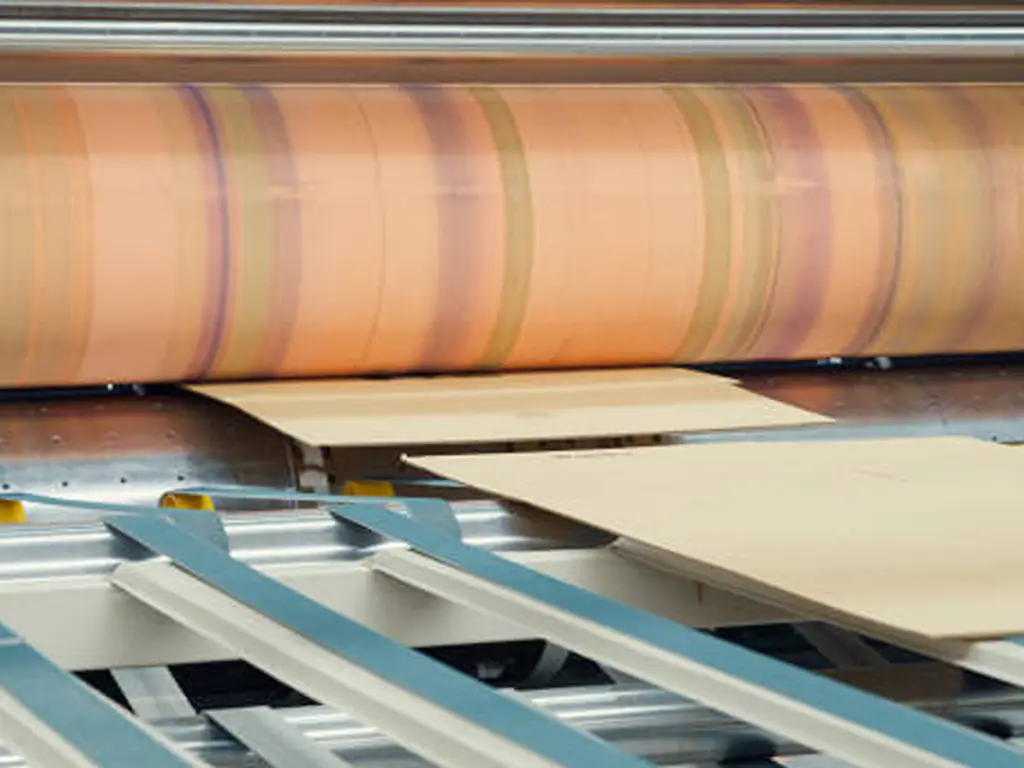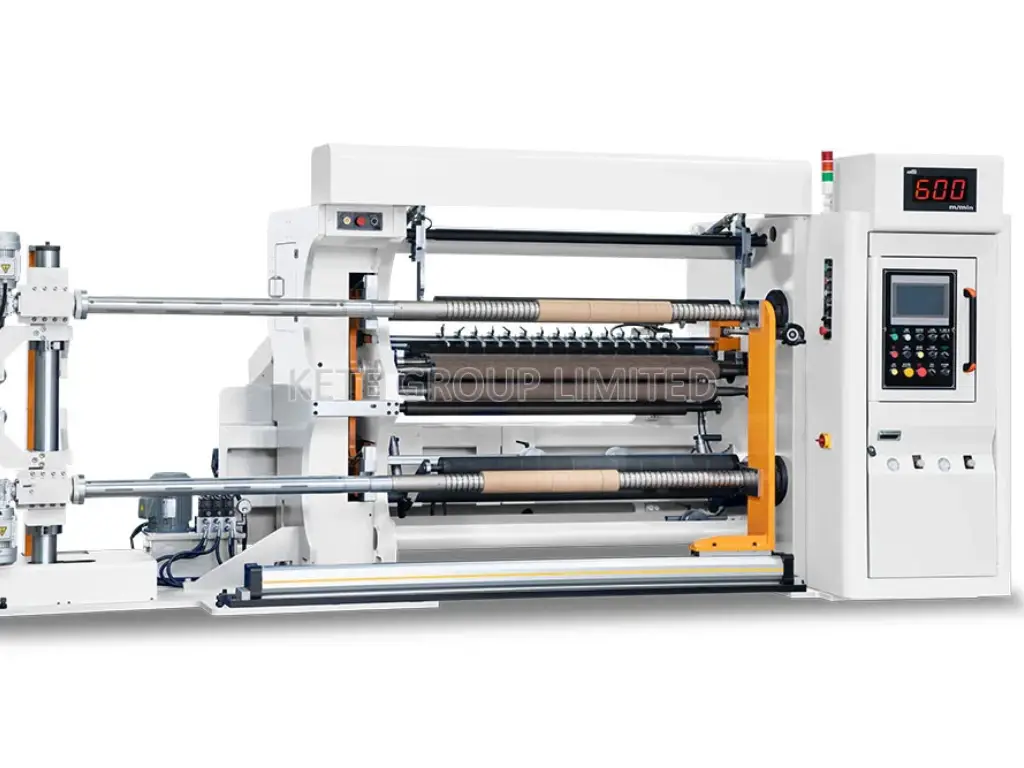
비닐봉투 소개
The use of plastic bags has become an integral part of our daily lives. From zipping to the grocery store to wrapping up our sandwiches, these different types of plastic bags are the real deal! We’ve got the zippy ones, the big trashy ones, and even the earth-hugging biodegradable plastic bags. Ever wondered how is a plastic bag made? The journey from tiny plastic pellets to a finished bag is a fascinating industrial process, centered around a technology known as Blown Film Extrusion. In this guide, we’ll break down exactly how to make plastic bags.
7 Steps: How to Make Plastic Bags?
단순한 비닐봉지가 어떻게 탄생하는지 궁금한 적이 있나요? 비닐봉지 제조 공정에는 일련의 복잡한 단계가 포함되며, 각 단계는 봉지의 최종 형태에 기여합니다. 플라스틱 생산 공정을 자세히 살펴보겠습니다.
| 단계 | 설명 |
| Raw Material Transformation | Raw polymers (derived from natural gas or petroleum) are transformed into plastic resin pellets through heating and pressure in machines like pelletizers. |
| Extrusion Process | The resin pellets are fed into an extruder, melted, and forced through a circular die to form a continuous plastic film tube. |
| Blown Film | The film tube is inflated with air, like a balloon, to stretch it to the desired thickness. |
| Cooling and Setting | The plastic film is rapidly cooled using air or water cooling systems to solidify it and ensure uniform thickness. |
| Coloring and Additive Mixing | Dyes and additives (e.g., UV stabilizers, tear resistance agents) are mixed into the molten plastic to give the film color and enhance its properties. |
| 절단 및 밀봉 | The plastic film is cut into specific lengths, and the bottom is heat-sealed to form the bag’s base. |
| Printing (Optional) | Flexographic printing is used to apply logos, text, or designs onto the bags. |
| Quality Control and Testing | The bags undergo rigorous tests for thickness, strength, UV resistance, and other properties to ensure they meet quality standards. |
| 포장 및 유통 | The finished plastic bags are counted, stacked, packaged, and prepared for shipping to retailers or consumers. |
폴리머에서 레진 펠릿까지: 혁신
Polymers are the raw materials, often coming from natural gas or crude oil, that are the starting point for your plastic bag. Before they become the bags that carry your groceries or your lunch, they must first undergo a significant transformation. These polymers are turned into what we call plastic resin pellets. Think of these plastic pellets as the fundamental building blocks; they are the basic units that will be used to create a durable and functional plastic bag..
Now, how does this metamorphosis happen? The process involves a series of controlled stages. First, the raw polymers are subjected to carefully controlled heat and pressure in specialized machines like pelletizers. The quality of these initial pellets directly impacts the final product, which is why the entire manufacturing line, from the extruder onwards, must be robust. This breaks down their complicated chains into simpler, more manageable forms. This process yields small, cylindrical pellets. These pellets are the go-to material for the next steps because they’re consistent and easy to work with.
These aren’t just any old pellets. They are precisely formulated with additives like colorants or UV stabilizers. So, when you see a plastic bag that’s a particular color or extra tough, it’s all thanks to the special recipe of these resin pellets.
In short, this initial stage of turning polymers into resin pellets is critical for the steps that follow. It sets the mood and prepares the stage for the main event. You can’t just skip it and expect a great show.
The Extrusion Process: Crafting the Plastic Film from Extruder
The film extrusion process is where the crucial transformation begins. The resin pellets are loaded into an extruder, a machine that’s about to give our plastic bag its shape.
This is the heart of the manufacturing line. In the industry, this entire stage is called the Blown Film Extrusion process. The molten plastic is forced through a circular die, which shapes it into a continuous tube of thin plastic film. As the tube exits the die, it is pulled upwards and inflated with air, like a long balloon. This stretching is what creates the thin, strong film.
플라스틱이 압출기에서 빠져나오면 차가운 공기나 물을 사용하여 빠르게 냉각됩니다. 이 급격한 냉각으로 플라스틱이 굳어져 필름으로 변합니다. 이 필름의 두께는 최종 가방의 원하는 특성에 따라 조정할 수 있습니다. 벽돌을 운반하기 위한 튼튼한 가방이 필요하신가요? 더 두꺼운 필름이 필요할 것입니다. 샌드위치를 담을 수 있는 가벼운 가방을 찾고 계신가요? 더 얇은 필름이 적합합니다.
하지만 재미있는 사실은 플라스틱 필름이 압출기에서 나올 때 평평하지 않다는 것입니다. 실제로는 튜브형입니다. 대부분의 비닐 쇼핑백이 측면이 매끄럽지 않은 것을 본 적이 있다면 이것이 바로 그 이유입니다. 연속적인 플라스틱 튜브에서 잘라내어 강도와 내구성을 보장합니다.
압출 공정은 현대 제조업의 경이로움을 보여주는 증거입니다. 과학, 공학, 예술적 감각이 어우러져 플라스틱 필름이 용도에 맞게 제작됩니다.
착색 및 첨가제 추가
플라스틱 필름이 완성되었다면 이제 개성을 부여할 차례입니다. 폴리에틸렌의 자연스러운 색상은 다소 반투명하지만 비닐 봉투는 불투명부터 투명까지 다양한 색상으로 제공됩니다. 어떻게 할까요? 염료와 첨가제의 세계로 들어가 보세요.
필름을 압출하기 전에 염료를 용융 플라스틱과 혼합하여 필름 전체에 균일한 색상을 보장합니다. 선명한 빨간색이든 은은한 파란색이든 염료를 적절히 배합하는 것이 중요합니다.
But color isn’t the only thing added to our bags. Additives play a crucial role in enhancing the final plastic bag properties. Need a bag that can withstand sunlight without degrading? UV stabilizers are added. Want a bag that’s more flexible or resistant to tears? There are additives for that too. This allows the bag’s final properties to be tailored for its intended use.
필름 냉각 및 세팅
플라스틱이 압출기에서 나오면 다소 취약한 상태가 됩니다. 따뜻하고 가단성이 있지만 아직 최종 형태가 완성되지 않은 상태입니다. 이때부터 냉각 공정이 시작됩니다. 냉각은 단순히 온도를 낮추는 것이 아니라 플라스틱이 올바르게 경화되어 원하는 두께와 강도를 유지할 수 있도록 하는 것입니다.
Air-cooling systems blow cold air onto the film, solidifying it rapidly. In some cases, water cooling systems are used, where the film is passed over chilled rollers. This rapid cooling is crucial. If the film cools too slowly, it can become uneven or develop imperfections. Think of it like chocolate; if it doesn’t cool uniformly, it can become grainy or discolored. The efficiency of the cooling ring is a major factor in production speed. A well-designed air ring, for example, provides a uniform airflow that cools the bubble evenly, preventing weak spots and allowing the machine to run faster without sacrificing quality.
이 단계에서 롤러도 중추적인 역할을 합니다. 롤러는 필름이 균일하게 늘어나도록 하여 주름이나 접힘을 방지합니다. 온도와 장력 사이의 섬세한 균형을 유지하여 필름이 딱 맞는 상태로 유지되도록 합니다.
절단 및 밀봉
With our film set and ready, it’s time to transform it into recognizable bags. But how do we go from a continuous roll of plastic film to individual bags? The answer lies in precision cutting and sealing. Before the bags are cut, the rolls of plastic film are often sent to a printing press. Here, logos, text, and graphics are printed onto the film using a process called flexography, which is fast and efficient for large-scale production.
필름을 일정한 간격으로 자르는 기계에 필름을 공급하여 가방의 길이를 결정합니다. 하지만 가방은 길이만 중요한 것이 아니라 바닥이 필요합니다. 바로 이 부분에서 밀봉이 중요한 역할을 합니다. 각 절단 부분의 바닥은 열을 사용하여 밀봉합니다. 이 열은 플라스틱을 서로 융합시켜 가방의 바닥을 형성하는 강력한 결합력을 만들어냅니다. 이 밀봉이 견고해야 가방의 수납력을 유지할 수 있습니다.
상단은 열린 상태로 사용할 수 있습니다. 경우에 따라 손잡이나 지퍼와 같은 추가 기능이 추가되어 가방의 기능이 더욱 향상되기도 합니다.
품질 관리: 두께, 강도 및 기타 원하는 특성 테스트
품질 관리는 비닐 봉투 생산의 세계에서 숨은 영웅입니다. 작은 압력에도 찢어지는 비닐봉투를 원하는 사람은 아무도 없기 때문입니다. 그렇다면 비닐 봉투는 어떻게 일관된 품질을 유지할 수 있을까요? 엄격한 테스트를 통해 이루어집니다.
각 봉투 배치는 일련의 테스트를 거칩니다. 균일성을 보장하기 위해 봉투의 두께를 측정합니다. 너무 얇은 봉투는 견디지 못할 수 있고, 너무 두꺼운 봉투는 낭비일 수 있기 때문입니다.
강도 테스트도 가장 중요합니다. 가방을 한계까지 채우고 늘리면서 제조업체가 정한 기준을 충족하는지 확인합니다. 기타 테스트에는 자외선 노출(태양 손상에 대한 내성을 확인하기 위해) 또는 습기 테스트(가방의 방수 기능을 확인하기 위해)가 포함될 수 있습니다.
유통용 포장
가방이 테스트를 무사히 통과하면 세상에 내보낼 준비가 된 것입니다. 하지만 먼저 포장을 해야 합니다. 기계가 가방의 개수를 세고 쌓아 유통을 준비합니다. 그런 다음 상자에 담아 소매업체나 소비자에게 직접 배송할 수 있도록 준비합니다.
사용되는 폴리머의 종류: 비닐봉투는 무엇으로 만들어지나요?
손에 들고 있는 비닐봉투가 실제로 무엇으로 만들어졌는지 궁금한 적이 있나요? 여러분은 혼자가 아닙니다. 비닐봉투에 사용되는 폴리머의 종류는 단순히 말로만 설명할 수 있는 것이 아니라 비닐봉투의 다양한 용도의 근간을 이루고 있습니다.
폴리에틸렌
Let’s start with the big one: polyethylene. It’s the most common material you’ll find in plastic bags. Originating from natural gas and petroleum, polyethylene goes through a whole manufacturing process to become the bags we use daily. There are different types, like low density polyethylene (LDPE), high-density polyethylene (HDPE), linear low-density polyethylene(LLDPE).
LDPE is what you’ll find in those softer, more flexible, and typically more transparent bags—think produce bags at the grocery store.
HDPE is sturdier, more opaque or translucent, and is what you’re holding when you’ve got a bag full of canned goods.
Linear low-density polyethylene (LLDPE) is tougher and has a higher tensile strength than LDPE. It’s often used in stretch films, toys, and some flexible containers.
폴리프로필렌
그리고 비닐봉지 업계의 또 다른 강자인 폴리프로필렌이 있습니다. 폴리프로필렌은 녹는점이 더 높기 때문에 열을 견뎌야 하는 모든 물건에 적합합니다. 재사용 가능한 쇼핑백에서 폴리프로필렌을 자주 찾을 수 있습니다. 또한 소수성이기 때문에 물을 튕겨내는 능력이 뛰어납니다.
A Note on Additives and Colorants
It’s important to know that these base polymers are often just the starting point. To achieve specific properties, manufacturers mix in various additives. For instance, color masterbatch (a concentrated pigment) is added to create bags of any color, UV stabilizers are included to prevent the plastic from degrading in sunlight, and anti-static agents can be used to stop bags from clinging together. These additions are what give a plastic bag its final look, feel, and specific function.
So, whether it’s polyethylene or polypropylene, and with a little help from additives, each bag has its own set of perks that make it the right fit for different jobs.
비닐봉투의 엄청난 이점
There’s a whole bunch of reasons we can’t live without plastic bags. But let’s just chat about the highlights and key plastic bag properties that make them an important part of our everyday life.
| 경량 | 비닐봉투의 가장 큰 장점 중 하나는 가볍다는 점입니다. 이 기능은 휴대가 간편할 뿐만 아니라 운송 비용도 절감해 줍니다. 제품을 배송할 때는 모든 온스가 중요하며, 비닐 봉투는 가볍고 견고한 솔루션으로 상당한 비용 절감 효과를 제공합니다. |
| 내구성 | 겉모습은 속일 수 있습니다. 비닐봉투는 얇은 구조에도 불구하고 내구성이 매우 뛰어납니다. 제조 공정에 사용되는 고밀도 폴리에틸렌(HDPE)과 저밀도 폴리에틸렌(LDPE) 덕분에 비닐봉투는 찢어지지 않고 상당한 무게를 견딜 수 있습니다. 이러한 내구성 덕분에 식료품점과 소매점에서 가장 많이 사용하는 가방입니다. |
| 습기에 대한 내구성 | 비닐 봉투의 또 다른 놀라운 특징은 습기에 강하다는 점입니다. 외부에 비가 쏟아져도 식료품이 마르지 않습니다. 이것이 바로 플라스틱의 마법입니다. 폴리프로필렌과 같은 소재는 습기를 차단하는 데 특히 효과적이기 때문에 비닐봉지는 식품 보관 및 기타 습기에 민감한 용도에 이상적입니다. |
| 다용도성 | 비닐봉지는 다양한 모양과 크기로 출시되어 매우 다양하게 활용할 수 있습니다. 의류, 식료품, 전자제품 등 어떤 물건을 쇼핑하든 필요에 맞는 비닐봉투가 있습니다. 손잡이, 지퍼 보관백, 밀봉 유형 등 다양한 기능을 갖추고 있어 소비자와 기업 모두에게 다양한 옵션을 제공합니다. 또한 백인박스 포장은 박스 와인이나 기관용 크기의 기타 액체와 같은 액체에 자주 사용됩니다. 이러한 유형의 포장은 액체를 보관하고 운반하는 편리하고 효율적인 방법을 제공하여 일회용 비닐 봉투의 필요성을 줄여줍니다. |
이러한 장점은 비닐봉투의 엄청난 유용성을 보여주며, 비닐봉투는 단순한 편의성을 넘어 세심한 엔지니어링과 디자인의 산물입니다.

Sustainability in Production: What Happens to Waste Material?
친환경적인 비하인드 스토리 비닐봉투를 제작할 때는 최종 컷에 포함되지 않는 비하인드 스토리가 있습니다. 오프컷, "웁스, 이건 아닌데" 하는 가방, 기계에서 제대로 나오지 못한 남은 제품 등이 바로 그것입니다. 하지만 친환경을 중시하는 오늘날의 세상에서는 이런 것들을 그냥 덮어두지 않습니다.
Recycling: The Green Comeback A good slice of this backstage waste is ready for an encore. Off-cuts and those bags that didn’t pass the audition can be gathered, can be gathered, melted down, and reprocessed into new bags. This recycling loop is an efficient way to reuse raw materials in plastic production, cutting down the need for fresh polymers. It’s not just eco-friendly; it’s also kind to the manufacturer’s wallet.
Disposal: The Thoughtful Exit But let’s face it, not every piece of waste is ready for a second act. Some, due to mixed materials or other issues, just can’t be recycled and reused. But even these get a dignified exit. Instead of being sent directly to a landfill, they’re often incinerated in a controlled setting, keeping the environment’s best interests at heart. And the cherry on top? Some top-notch facilities turn the energy from this process into electricity. Now that’s a bright idea!
결론
From the initial melting of polymer pellets to the final cut and seal, understanding how a plastic bag is made reveals a process of precision engineering. The process of blown film extrusion, followed by automated conversion, transforms simple raw materials into a durable and versatile everyday item. Now that you’ve seen the intricate steps involved, you have a deeper appreciation for the technology and science behind this ubiquitous product.
KETE와 함께 비닐봉투 벤처를 시작하세요.
Understanding how plastic bags are made is the first step. Bringing them to life requires precision machinery engineered for efficiency and quality. The blown film extruders, printing presses, and bag-making machines are all critical components of a successful production line.
If you’re considering entering the plastic bag industry or want to upgrade your current operations, having the right technology partner is key. At KETE, we don’t just supply machines; we provide complete solutions tailored to your production goals. Contact our experts for a technical consultation or to get a quote on a production line that fits your needs.
FAQS
Q: How much of plastic bags are actually recycled?
에이: Although plastic bags are technically recyclable, less than 10% of them are actually recycled. Most end up in landfills, incinerators, or the environment due to contamination, mixed materials, or the lack of specialized recycling facilities.
Q: What are plastic bags actually made of?
에이: Plastic bags are typically made from high-density polyethylene (HDPE) or low-density polyethylene (LDPE), both of which are petroleum-based plastics. These materials are lightweight, durable, and moisture-resistant, making them ideal for packaging and retail use.
Q: Why can’t Ziploc bags be recycled?
에이: Ziploc bags are often made of recyclable polyethylene, but they’re frequently contaminated with food residue, oils, or moisture, which makes them difficult to process through standard curbside recycling programs. Additionally, their zipper seals can include mixed materials. However, some grocery stores offer drop-off bins specifically for clean, dry plastic films, including Ziploc bags.
Q: How many years does it take for plastic bags to decompose naturally?
에이: Plastic bags can take 500 to 1,000 years to break down in the environment. Even then, they don’t fully biodegrade — they fragment into microplastics, which persist in ecosystems and pose long-term threats to wildlife and human health.
